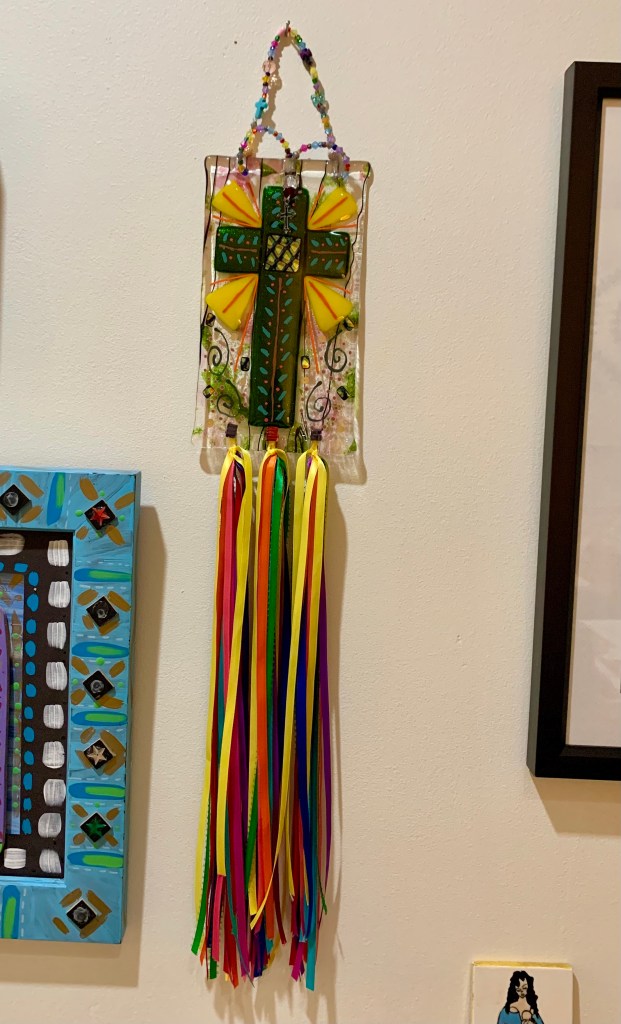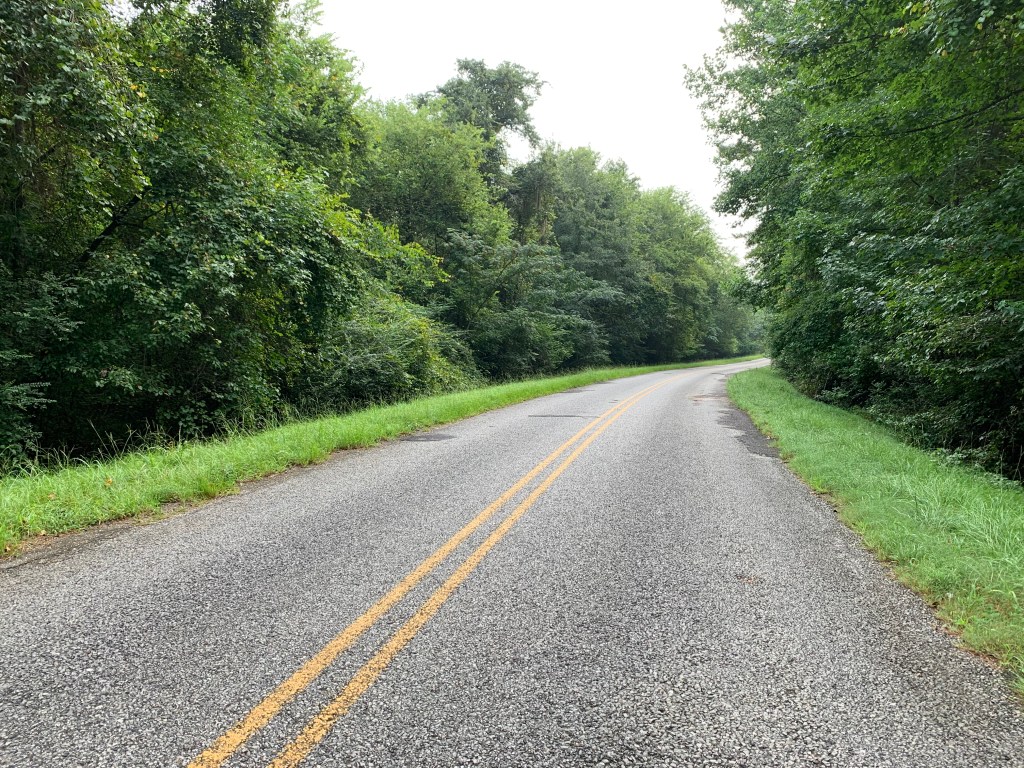
I met Enedina Vasquez over dinner at a friend’s house in Pembroke Pines, FL, many, many years ago. An artist, a theologian, a pastor, Enedina was one of those charming, playful, full of life people who make real that phrase, “live your best life.” She was also a consummate salesperson and that night, she had things to sell! Extraordinary things!
Some of you reading this may remember the heart and cross glass pieces she made as she walked the way of grief after her husband and artistic soulmate died. Taking broken shards of glass of different colors, she’d heat them up enough to make them malleable and put them together to make something new. Then each new piece was put through another heating process that melded all the shards into one. When each piece cooled, she made small drawings of deeply religious symbols on the glass, symbols drawn from her rich heritage as a Tejana from a family that had lived in Texas stretching back hundreds and hundreds of years, back when Texas was still part of México. Finally, she’d hang a wonderful bouquet of ribbons at the bottom of each piece—reminders of the promise of a rainbow. Some of the ribbons had tiny little charms—ofrendas, offerings we are able to make when we are grateful.
That night at dinner she explained that she’d never worked with glass before but found it the perfect medium to express the quiet hope that began to walk with her through all the shadows cast on the path through her husband’s death. After being baked the second time, the hearts she made had all kinds of imperfections and small holes in them. Her own heart had shattered and then been slowly remade after losing Arturo. Life ran through her, and her heart never stopped pumping. But it was a new life, a new heart, both fragile and strong, holy, whole, and incomplete.
I kept in touch with Ene through the years, mainly through Facebook. It was my joy and privilege to give lots of friends crosses or hearts of her making. I was even able to host her at Church of the Ascension in Montgomery, one All Saints weekend. We had some time before she started her workshop so we rode around so she could see the traces of the Civil Rights in West Central Alabama. I took her picture as she walked down the Edmund Petus bridge in Selma and then we stood quietly for a while at the foot of the bridge. So many spirits walking with her. Such thin space. We were both deeply affected in the sunlight that didn’t warm much because a north wind was blowing cold.
Day before yesterday over and over again, I thought of Ene and I told myself I’d track her down this weekend. This morning, I got a text message from T. who met Enedina at the Ascension. She wanted to let me know that on Tuesday, Enedina died of cancer. I am very sad. I am extraordinarily thankful for what Ene taught me about sorrow, grief and our capacity to grieve, love, care and give even in the face of terrible loss.
I have started gathering a small handful of stones for my journey on the Camino. Some are about relationships that have been profoundly damaged. Those stones will be offered with prayers for healing that I cannot bring about on my own. I will carry one to offer with the deepest thanksgiving and joy for an extraordinary, beautiful, holy woman, and friend named Enedina


